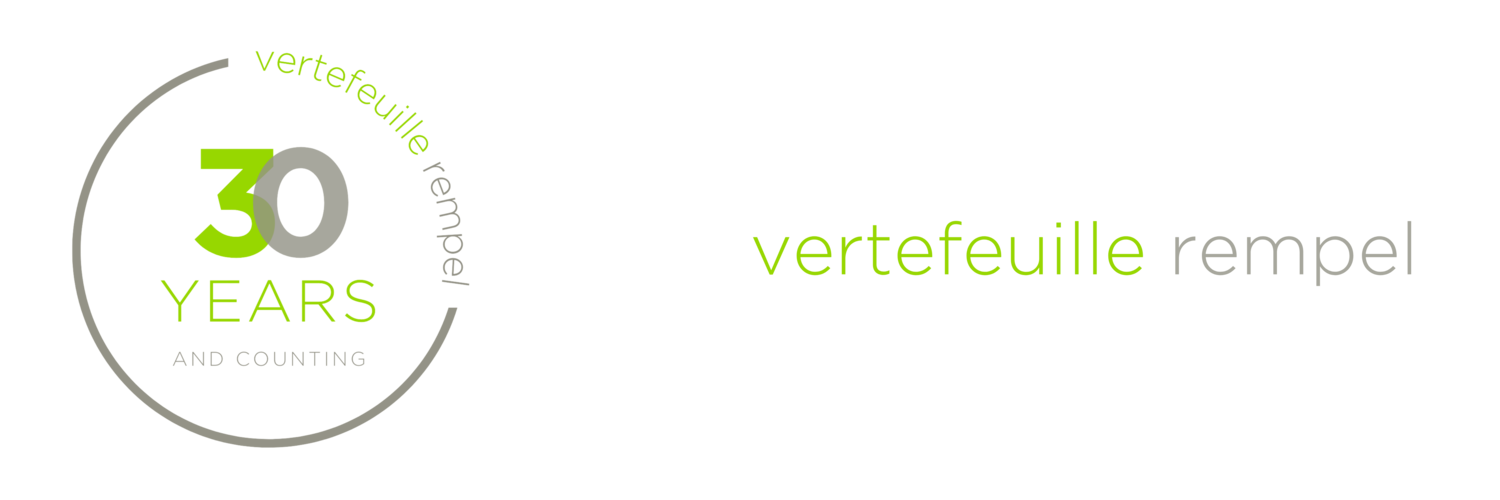Tax Filings at Death (Part 2) - The Estate/Trust Tax Return
This article will cover topics for the time period that occurs once the assets of the deceased have been moved into the Estate/trust. We will take this right through to the distribution of assets to the beneficiaries. For information related to the final personal tax return, please see Part 1 of the series.
The Ongoing Logistics:
The final personal tax return (T1) has been filed with “proceeds” for all of the deemed dispositions. This “sale” now forms the opening assets and cost basis for the Estate. What ended in one is the beginning for the other. This also means that any investment accounts will move from the individual’s name to the Estate’s name.
The Estate can choose to continue to invest these funds or hold the assets such as homes, cottages, etc until a later date. While the assets are held, any income earned is taxable on an Estate return. All of the accounts and tax reporting slips will be issued in the Estate name.
There may also be an Estate bank account that is used to pay any ongoing bills. Some of these bills may be tax deductible and others will not be. It is good to keep a transaction history of the account so that no deductions are missed.
This holding pattern will often continue until probate is resolved, the assets are sold, or there is no further tax advantage to maintaining the Estate. This is when the advisors will work together to start winding things down. The assets will stop generating income, tax estimates will be made, and final cash amounts will be calculated.
Estate Return Filings Required With Due Dates:
The Estate will need to file a trust return (T3) annually for income earned after death until the assets are distributed.
Estate/Trust’s Year-End - One year from date of death (first 3 years)
Filing Due Date - 90 days after trust’s year-end
Estate/Trust’s Year-End - December 31 (after 3 years, no longer GRE)
Filing Due Date - 90 days after December 31
Estate/Trust’s Year-End - Prior filing up to final distribution/closure
Filing Due Date - 90 days after closure date
*Most estates in this scenario will be considered Graduated Rate Estates (“GRE”) for the first 3 years. This allows for lower tax rates to be applied to lower levels of income, similar to personal tax brackets. After that time frame, the estate will lose the GRE status and be taxed at the highest marginal personal tax rate.
Unexpected Tax Implications:
Private corporation shares – possible double taxation
If the deceased individual owned shares of a private company, special consideration/planning will need to occur. Without proper planning, the value of the company may be taxed twice. The first taxation occurs from the deemed disposition at death. The second taxation can occur when there are dividends from the company to the Estate or as part of the wind-down of the company in the years following death.
There are opportunities to plan and reduce this possibility but the strategy must be implemented within the first tax year of the Estate.
Ongoing losses offer limited tax benefits
If the Estate continues to incur losses after the first year, they will just remain part of the Estate. They cannot be allocated to beneficiaries and do not offer any tax savings beyond reducing Estate income in future years. Capital losses will only be applied against future capital gains. If the Estate ends and there are losses from prior years, the losses are just lost without any tax benefit.
Unexpected Tax Benefits:
Tax-free distribution to beneficiaries
There is no inheritance tax in Canada. Amounts received by the beneficiaries are not reported as income on their personal tax returns. This is because the Estate pays all the tax before you inherit the money.
Loss carry back to final personal tax return (possible tax recovery)
If the Estate incurs a capital loss in the first tax year (investments may decrease in value between date of death and sale), the Estate can file an election to treat these losses as part of the final personal tax return. This effectively works like a loss carry back and these capital losses can be applied against any capital gains in the year of death. Reducing the capital gains in the year of death may result in a tax recovery.
Clearance Certificates - Why and When You Want to Do This:
The clearance certificate confirms that the Estate of the deceased individual has paid all amounts of tax, interest and penalties that were owed at the date when the certificate was issued. This does not mean that no further money is owed to CRA if additional information becomes available at a later date. It is only confirming up to that specific date.
Executors are responsible to ensure all taxes of the deceased and Estate are paid. If they distribute all of the funds and the taxes are not fully paid, they can be held personally responsible for amounts owing to CRA. Basically the clearance certificate is obtained in order to protect the person distributing the funds. This is particularly important when the executor is a third party and not a beneficiary.
Usually you will apply for the clearance certificate after all of the returns have been filed and assessed and all the amounts have been paid.
The Final Distribution Logistics:
Once the final tax filings are assessed and paid and the clearance certificate has been obtained, the net assets can be distributed to the beneficiaries. From there, it is up to the beneficiaries on how to use the funds.
A significant cash injection will usually raise a few questions for the beneficiaries. Should you pay off debt, invest in TFSA or RRSPs, can you give it to your spouse or family members? All good questions and we are here for that.
